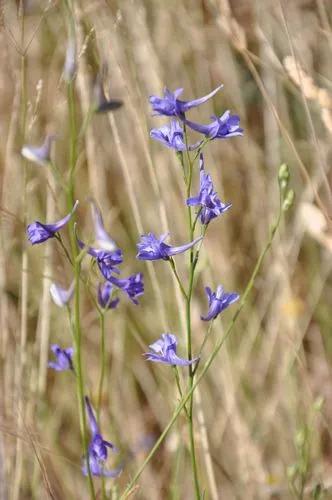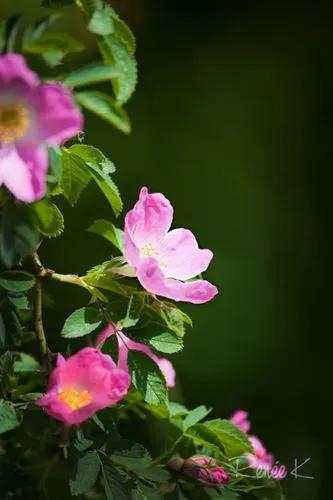An annual herb up to 1.2 m high with an erect stem. Leaves are alternate, round, palmate. The flowers are large, with a calyx and sub-leaflets. Petals are bright pink with longitudinal dark stripes, notched at the apex. Numerous stamens have grown into a tube. Blooms from July to September. The seeds ripen unevenly, from August to frost. The puck-shaped fruit splits into 9-11 seeds. Mallow propagates by seeds. Seeds germinate well without pre-sowing preparation.Considering that mallow is an annual plant, it is necessary to leave 3-4 copies for seeds annually. They are cut when the lower seeds on the shoot are ripe. They should not be allowed to shatter. Mallow actively spreads and turns into a malicious weed.
High Mallow Care
Malva sylvestris



The flowers contain the coloring anthocyanins malvin and malvidin, which are valuable food colorants that change their color depending on the acidity of the environment. The seeds contain up to 18% fatty oil.Mallow herb preparations have a bronchodilator, enveloping, anti-inflammatory, mild laxative effect. Infusion of herbs is prescribed for diseases of the upper respiratory tract, especially dry barking cough. This plant can be used for a very long time.Mallow infusion is used for inflammation of the gastric tract, colitis, enteritis, enterocolitis. For diseases of the mouth and throat, it is used as a gargle. Outwardly used for compresses for boils, poorly healing wounds, eczema and dermatoses, and for hemorrhoids in the form of sitz baths. For diseases of the spleen, baths of mallow grass, Chernobyl, oats, chamomile flowers are recommended. In Morocco, it is used for poultices for bee stings.
This plant is useful.
How to Care for the Plant

Popularity

1,091 people already have this plant 266 people have added this plant to their wishlists
Discover more plants with the list below
Popular articles






